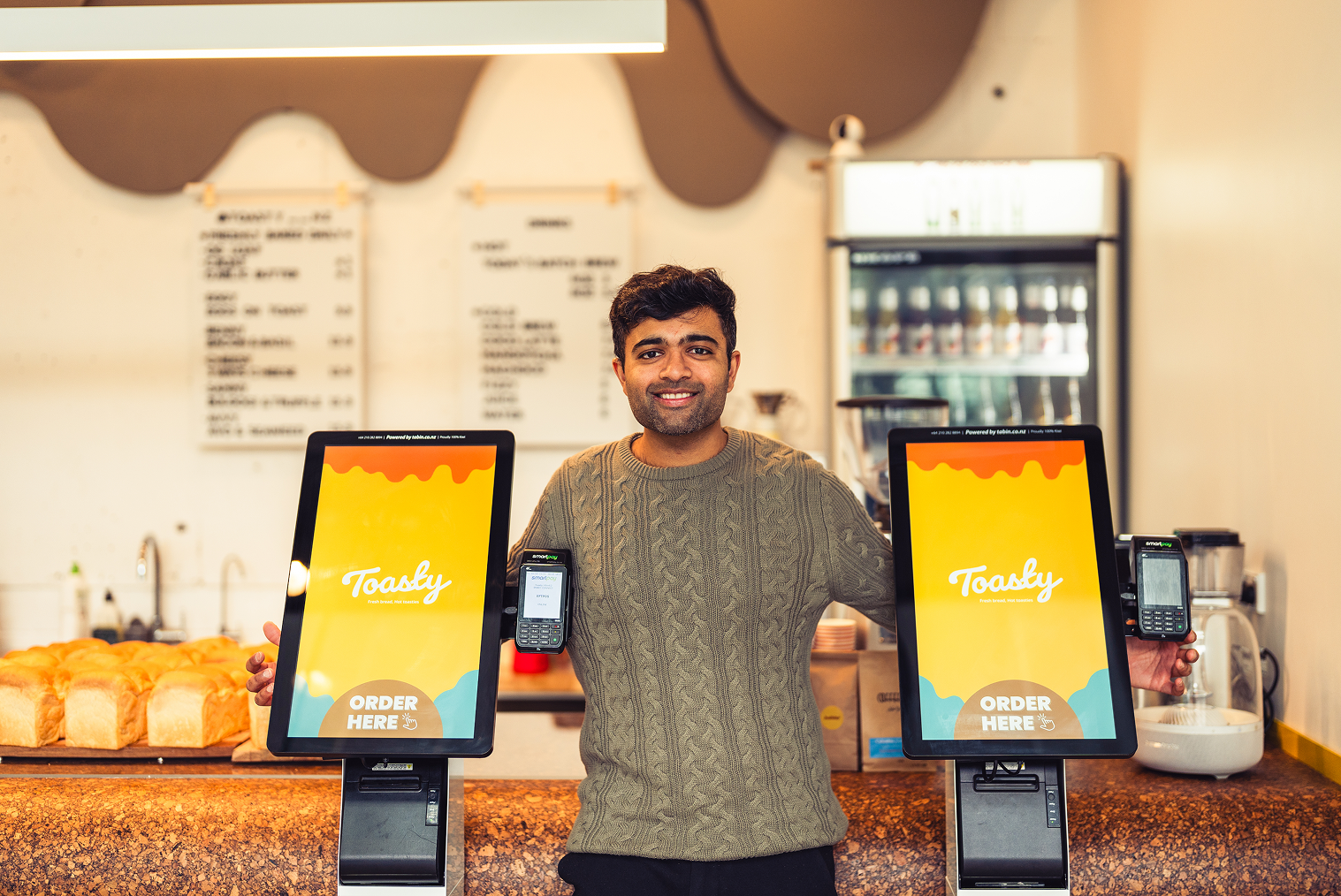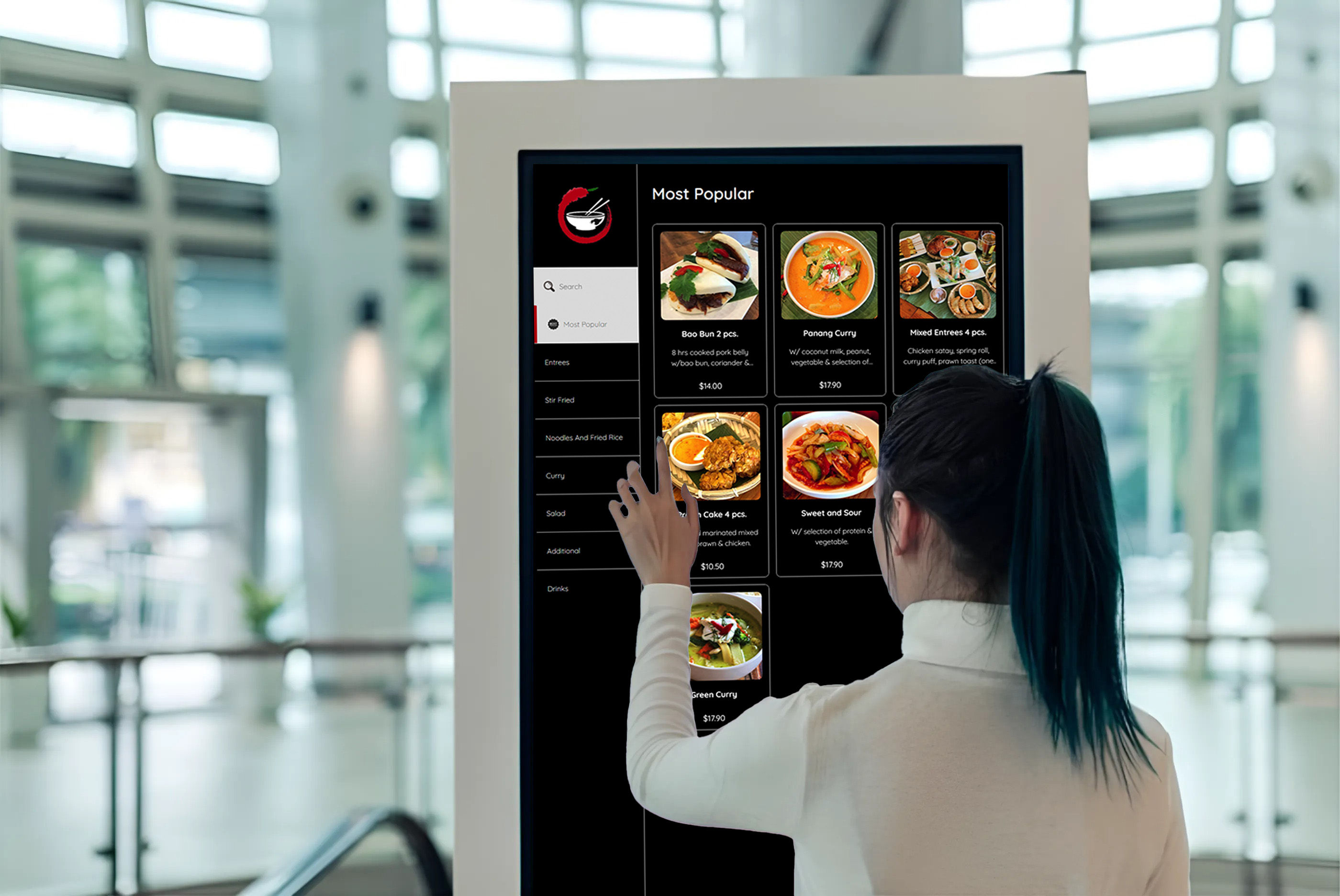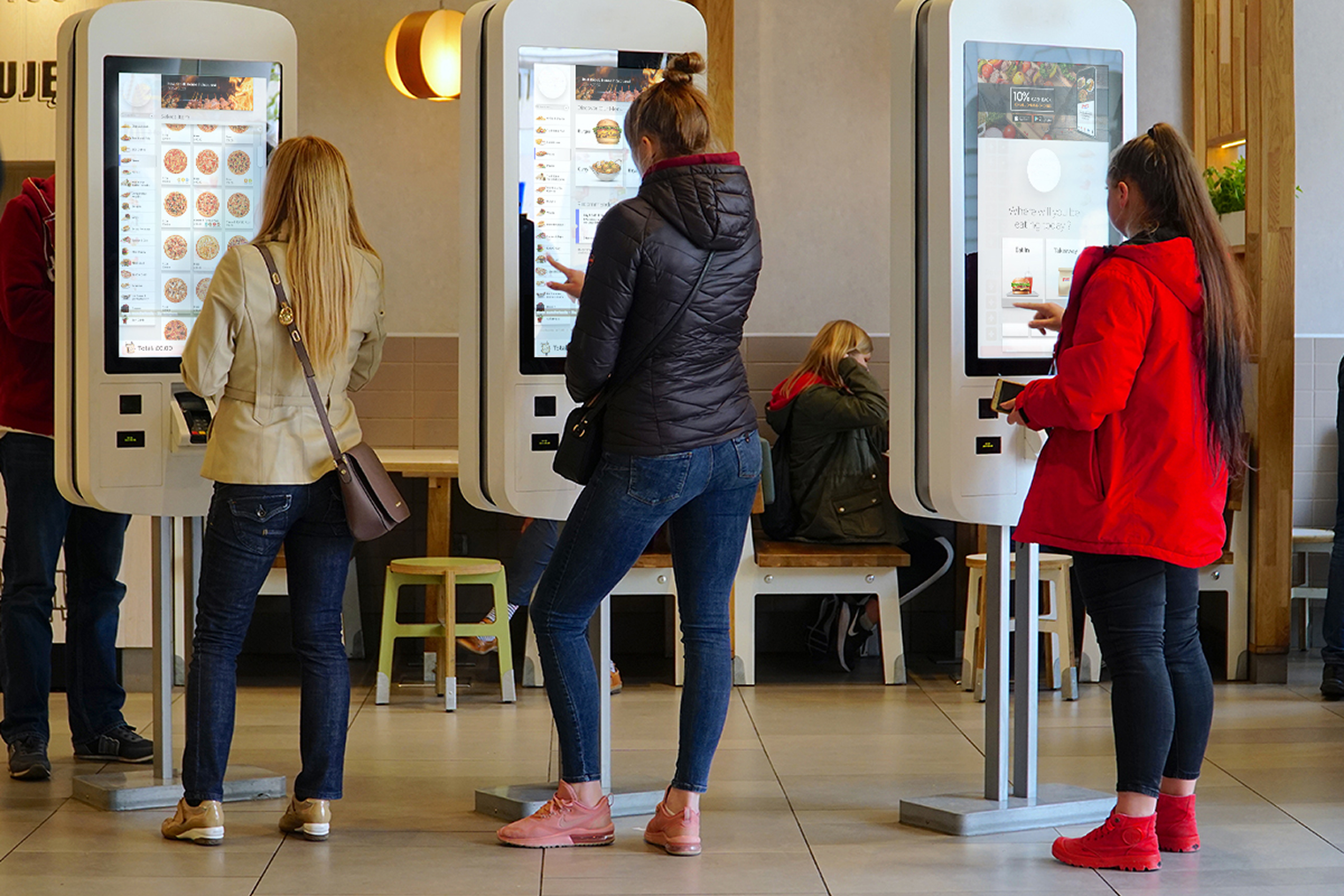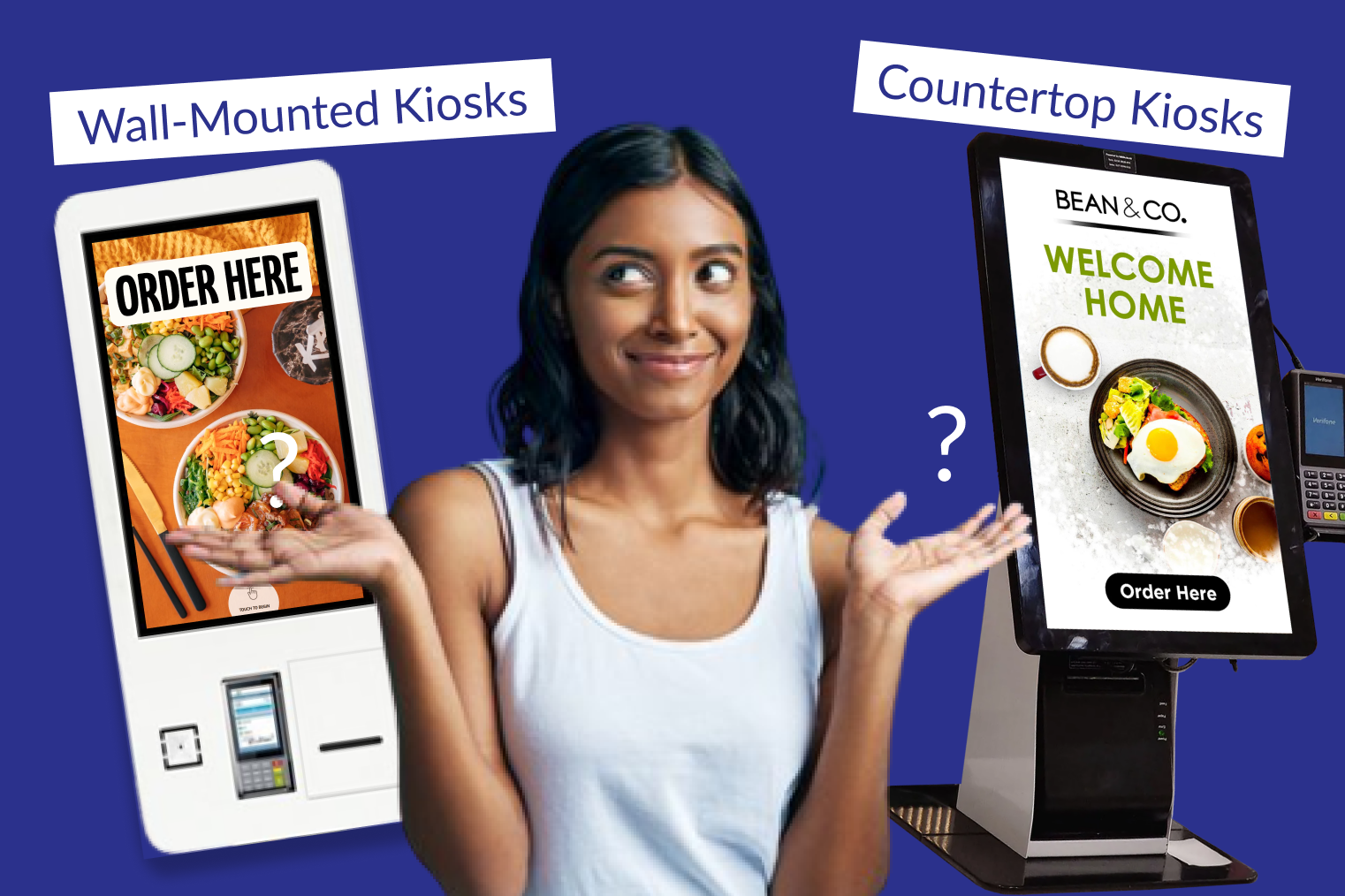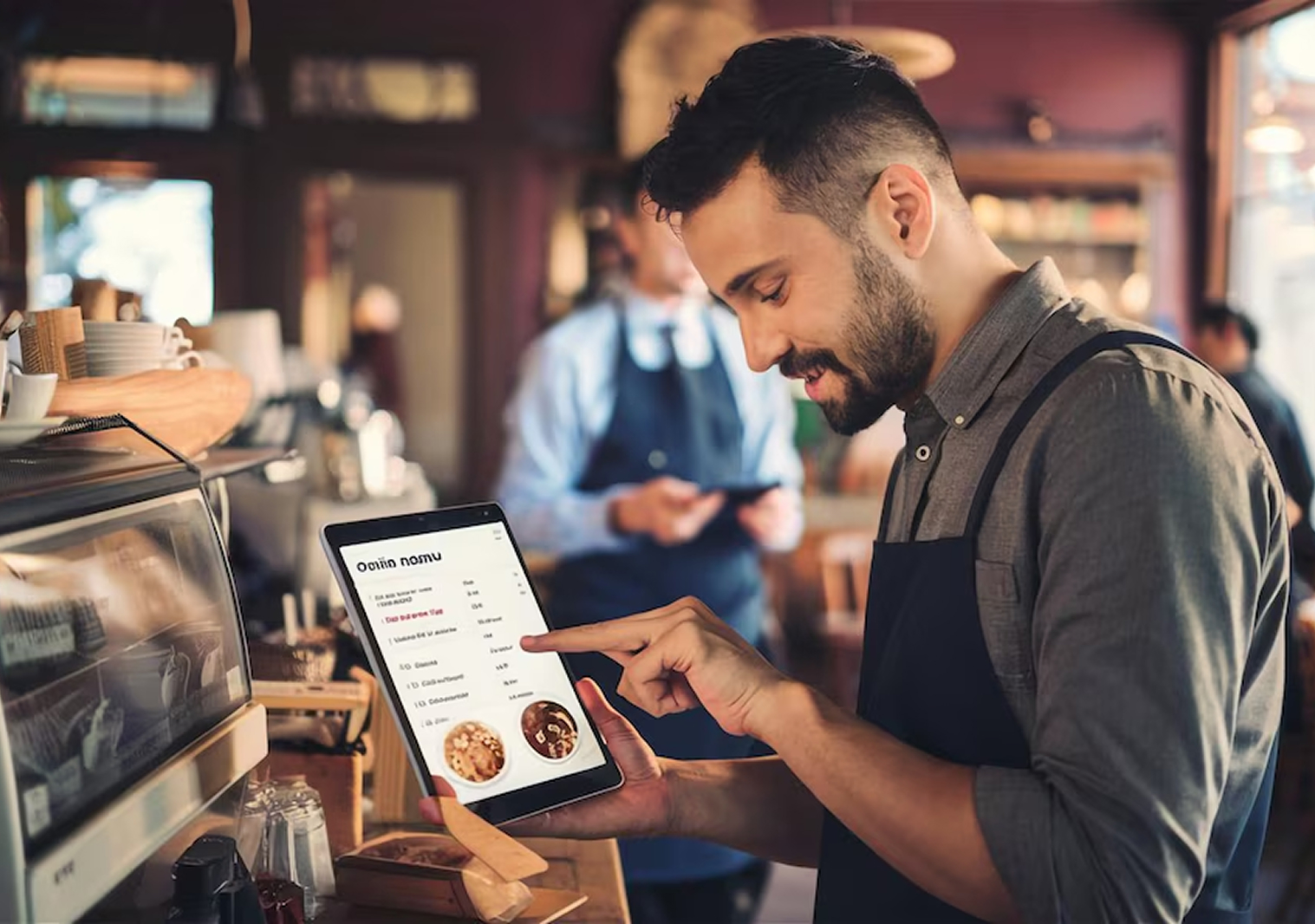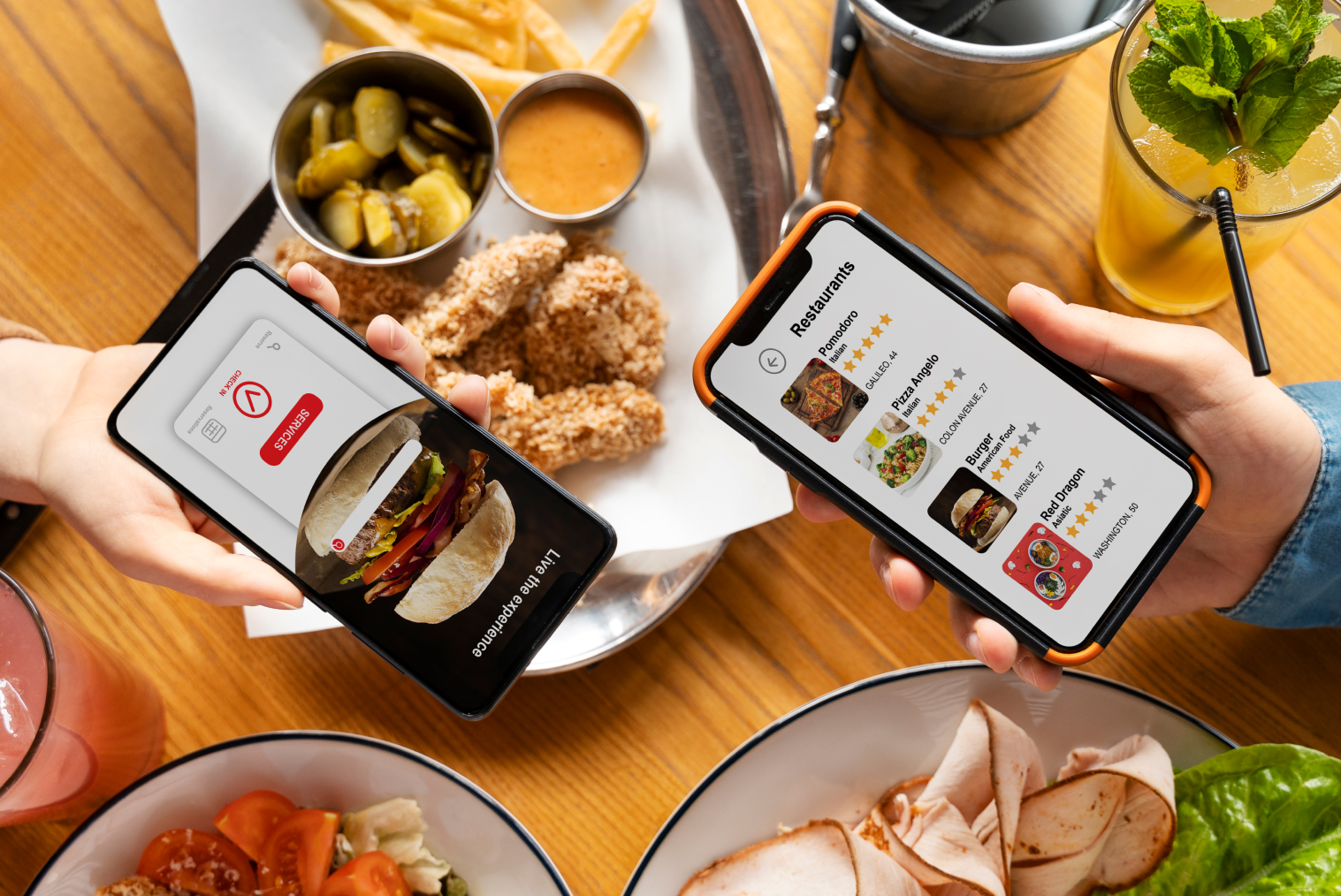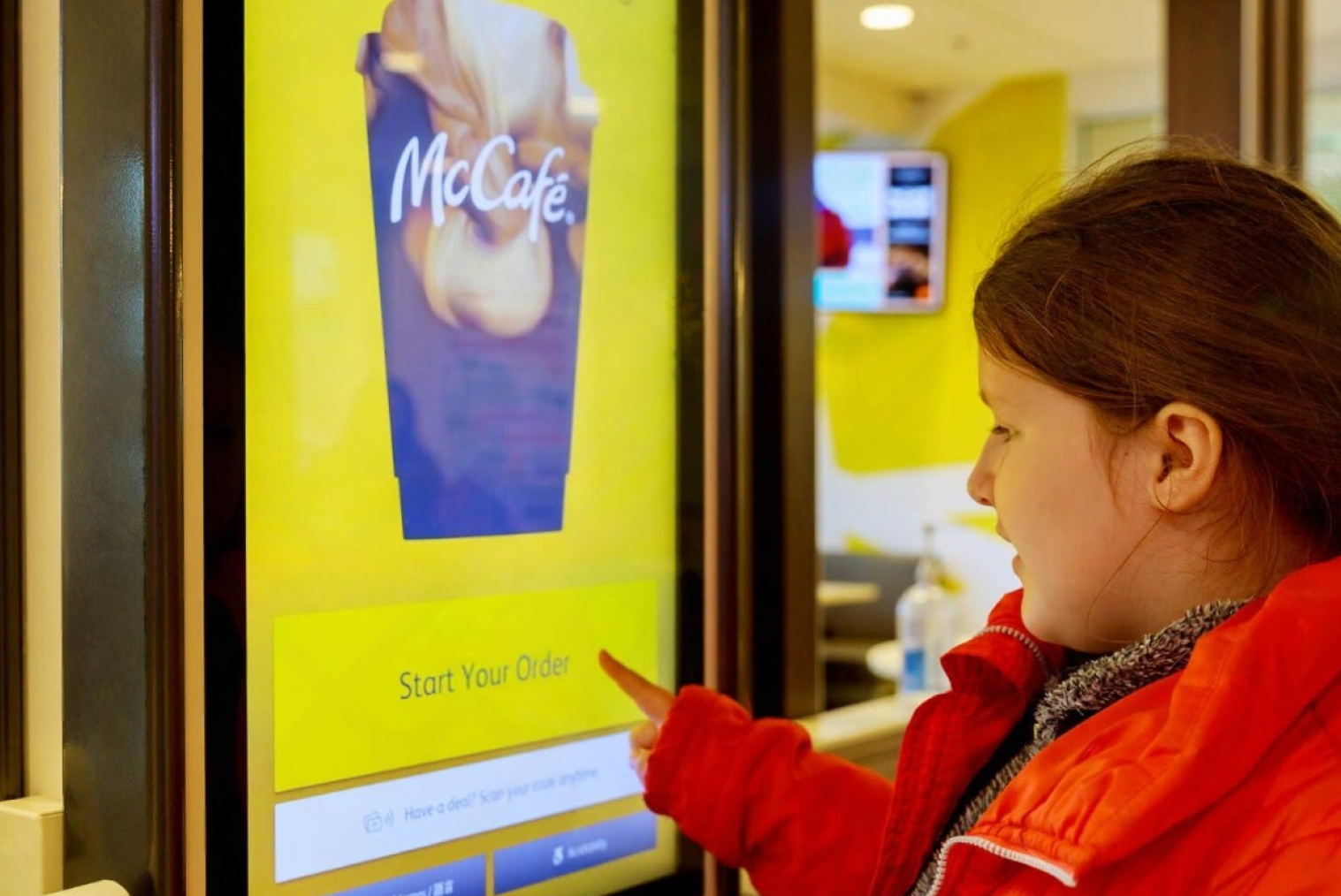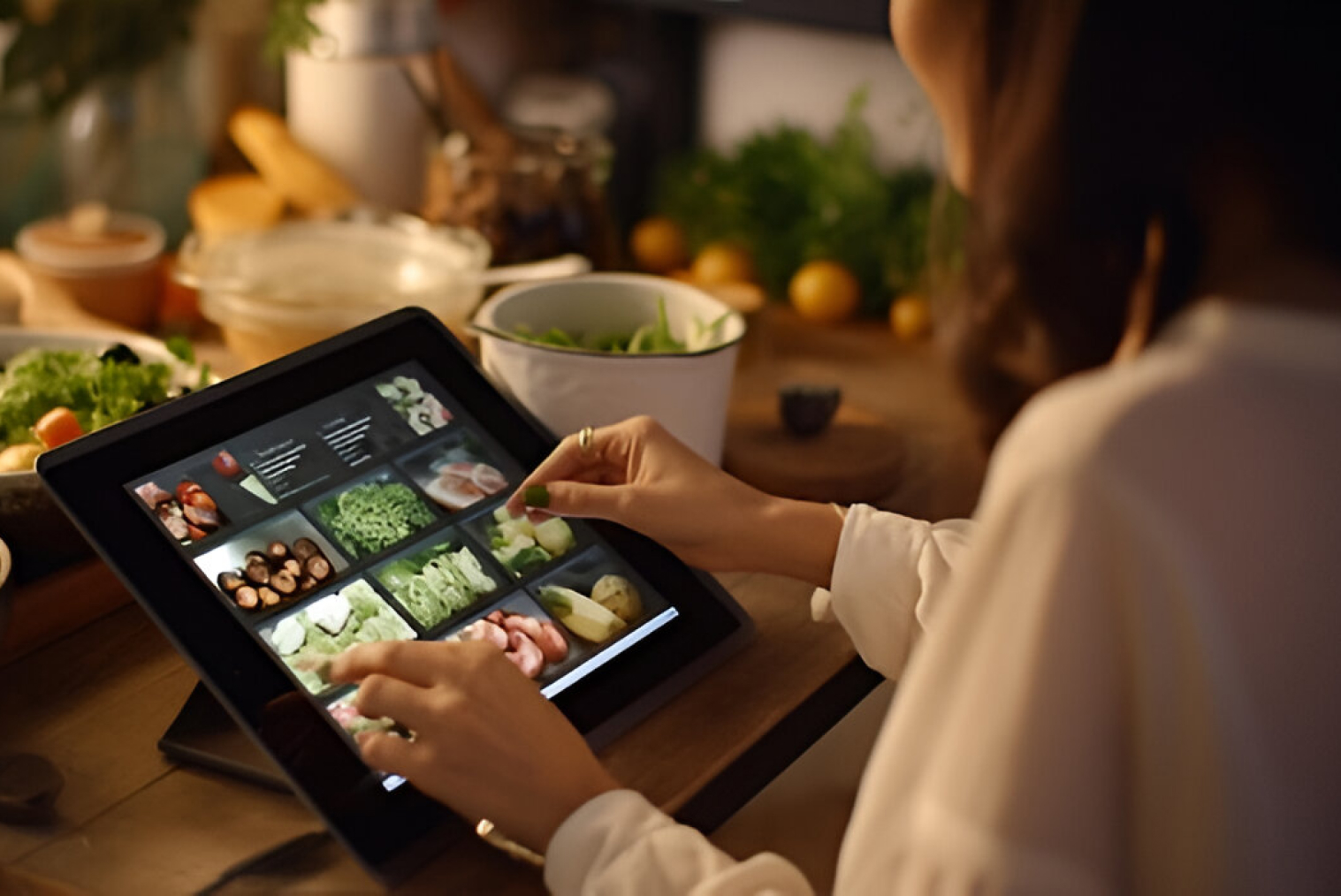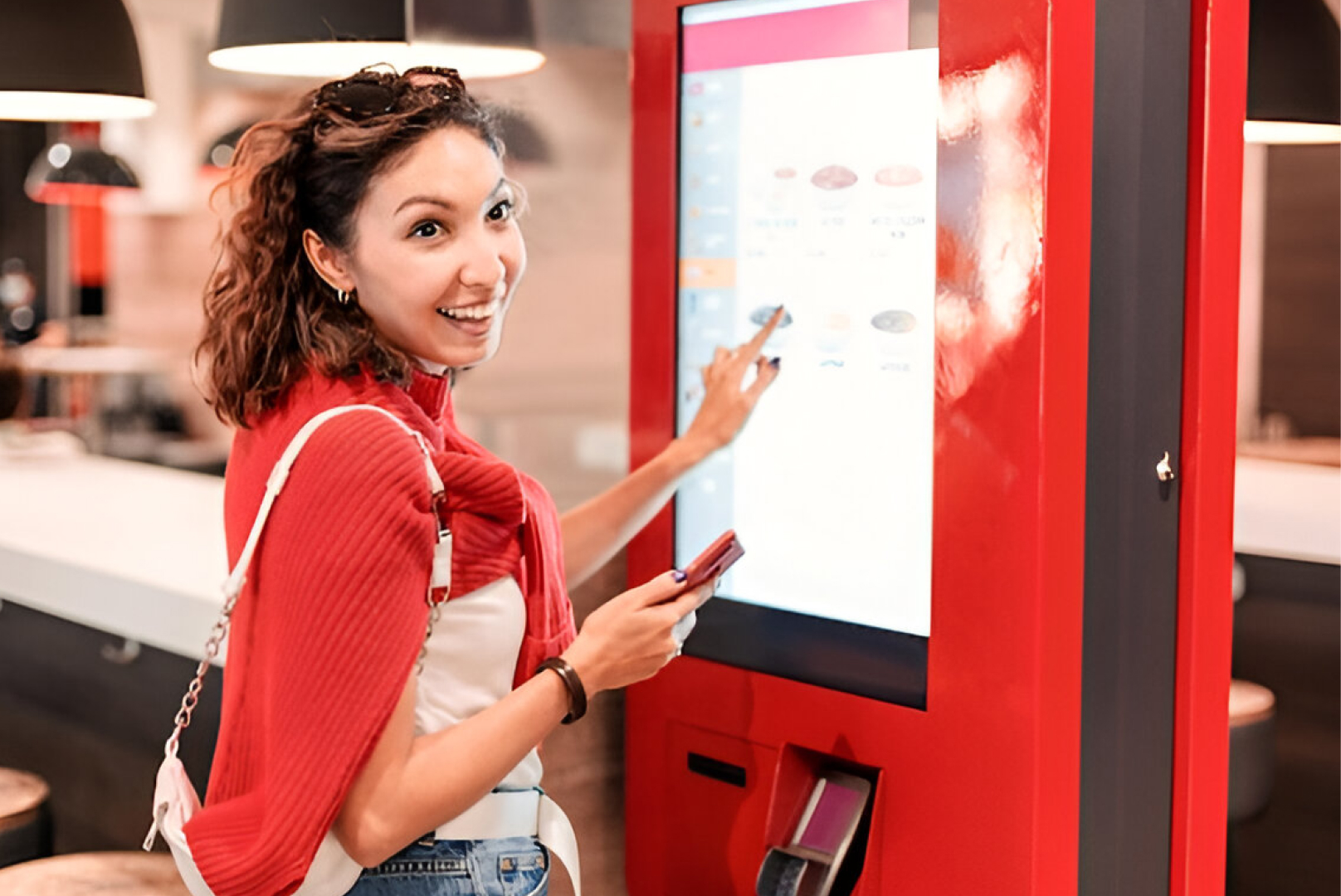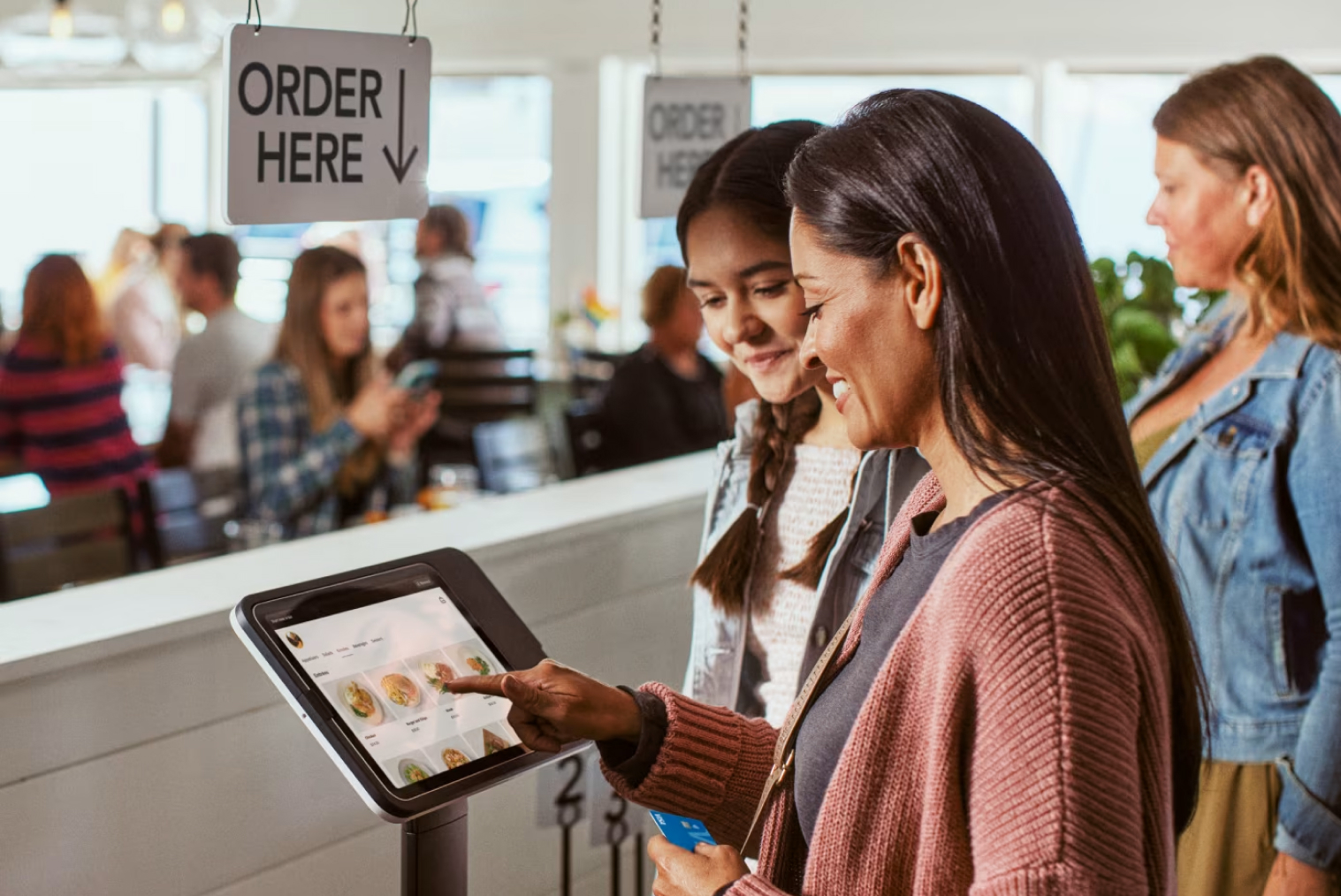Industry Trends
Top Features to Look for in a Kiosk Screen for Your Business

Digital purchases and online ordering have become the vogue today. Browsing menus independently and making contactless, quick payments have become the order of the day.
This is why a self-service kiosk screen is proving to be trendier and more efficient than placing orders conventionally at an eatery. This helps customers to independently search and select items and make payments without needing the assistance of staff members. However, selecting a kiosk with the right features is crucial if an eatery wishes to give customers a navigable and efficient ordering experience.
The importance of choosing the right kiosk for your eatery
In the eatery industry, efficiency and customer satisfaction are paramount. As technology keeps evolving, self-service kiosks have become crucial to streamline operations and create a seamless dining experience. However, not all kiosk systems are created with the same features. Choosing the right one is necessary to maximize the benefits offered by these devices.
-A well-chosen kiosk system can significantly bring down labour costs by automating the process of placing orders. This will allow staff members to focus on other important tasks like food preparation and hospitality. Automating orders with self-service kiosks not only leads to faster service but also reduces human error. This results in more accurate orders and happier customers.
-It can seamlessly integrate with existing point of sale (POS) systems. This will ensure that the entire operation is running smoothly right from the placement of orders to payment processing. This integration is necessary for maintaining accurate inventory numbers and financial records, crucial for the success of restaurants.
-Again, the right kiosk system will be able to handle high volumes of transactions without malfunctioning or interruptions. This makes it ideal for busy restaurants with a high regular footfall.
-The right kiosk system will also enhance customer experience in many ways. User-friendly interfaces will allow customers to place orders quickly and easily even during peak hours of the day. Customization options in kiosks also allow restaurants to tailor the interface according to their brand, creating a consistent and smooth customer experience.
There may also be advanced features like upselling capabilities and customer data collection that can personalize the experience further.
-Kiosks with multilingual support can cater to diverse customer groups, making it easy for non-native speakers to navigate menus and place their orders. This increases inclusivity in terms of service. It helps to improve customer satisfaction and can expand the restaurant’s potential market.
Features to look for in a self-service kiosk
An effective touchscreen kiosk can help to improve customer experience and provide valuable and relevant information to users. These are some of the features you should prioritize the most while looking for an ideal kiosk screen.
Interactive touch screen:
This is a key feature of any good self-service kiosk. It allows users to interact with the kiosk and access the information and services according to their needs. The touchscreen should be large enough to display all the information. It should also be highly durable to be able to withstand constant use.
High-quality display:
An effective kiosk should also have a high-quality display showing clear and sharp visuals. It should also be bright enough to be visible in varying lighting conditions.
User-friendly interface:
The first and foremost feature to look for in a kiosk is a user-friendly interface. It should be intuitive and easy to use, even for people who are not that skilled with the latest technology. It should be designed accessible with clear, easy-to-read fonts and icons. It should also be highly touch-responsive.
Accessibility features:
An ideal kiosk should be accessible to everyone, especially to the differently abled. This could include features like text-to-speech capabilities, adjustable font sizes and braille labels.
Customizable content:
The kiosk should be able to display tailored content according to the users’ needs. It could include interactive features like survey forms or text, images and videos.
Remote management:
Ideals kiosks should have remote management capabilities allowing managers to monitor the kiosk and manage it from afar. This will help to reduce downtime and ensure proper functioning.
Conclusion:
As technological advancements keep transforming the economy, tools like self-service kiosks have assumed great popularity among consumers. This allows them to browse menus and place orders independently. However, choosing kiosk screens with the right features is crucial to delivering a seamless customer experience. User-friendly interfaces, customizable displays, higher accessibility and remote management are some features that make an ideal kiosk touchscreen.

